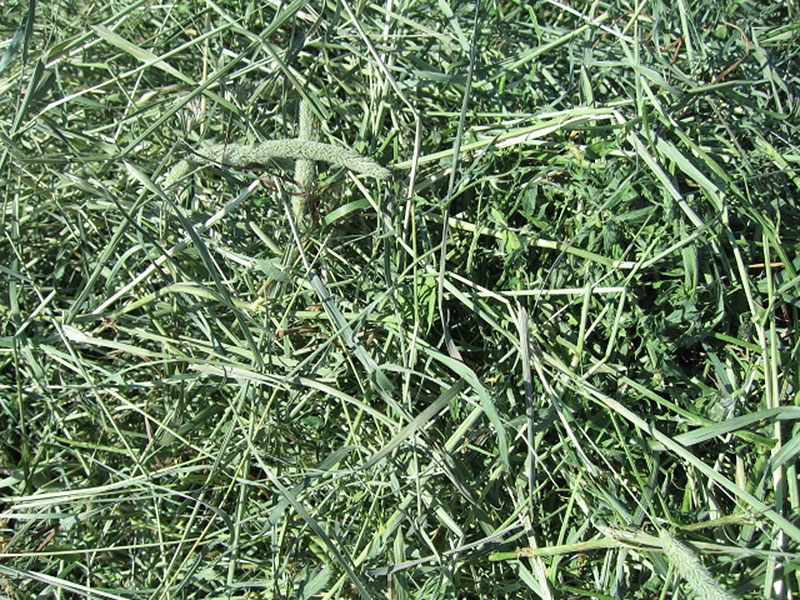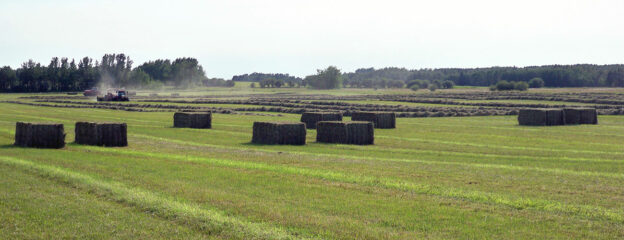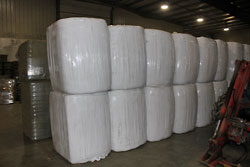During our winter season in Alberta, horses are unable to forage in pasture and hay becomes their main food source. When choosing hay for your horses, it’s important to be mindful of not only the quality of hay you are offering your horses, but also the type of hay.
Generally, hay can be classified in three different types. Legume hay, that would include hays high in protein and nutrients like alfalfa, is very popular among horse owners. Grass hay, which would include timothy, orchard, and fescue are also popular, especially for adult horses. Mixed hay is usually a blend of grasses and legumes and with the right combination horses are eager to dive in!
Mixed Hay

Mixing grass hays with legume hays has its advantages, including benefits to growers and producers. Growing legume hay like alfalfa will help add nitrogen to the soil by nitrogen fixing. In fact, alfalfa could fix up to 500lbs of nitrogen per acre and this nitrogen usually goes directly to the plant. This natural process can help cut down on fertilizer use and growing costs.
What are other other benefits of choosing mixed hay for your horses? They love it! Adding legume hay to grass hay may increase the appeal of the feed for most horses and in many cases it is very easy for them to eat. Plus, introducing a legume like alfalfa in mixed hay also improves the feeds quality by increasing vitamin A, protein, calcium, and the amount of energy in the feed.
If you throw down a grass hay flake and a legume hay flake, your horse may go straight for the legume hay. When you grow your different hays together, it becomes too difficult for picky eaters to separate out the tasty portions. Some horse owners prefer the mixed hay because it ensures their horses are getting a balance of key nutrients, making them strong and healthy.
Mixed Hay Right for your Horse?
Remember that each horse’s food requirements vary and are dependent on age, stage of development, workload, activity and metabolism. You should always consider each individual when choosing hay for your horses and when deciding on portion sizes during feeding times.
Because legume hay tends to be higher in protein, calcium, vitamin A, and calories than grass hays, they make a great feed for young and growing horses, high performance athletes, and lactating mares.
Grass hay is usually lower in protein and energy and higher in fibre. This makes it a good choice for most adult horses. It satisfies their appetite, but cuts down on the excess calories and protein they may not need.
Mixed hay will give your horses the dietary benefits of alfalfa without giving them the excess they might not require. According to the American Association of Equine Practitioners, too much excess could predispose young horses to problems like developmental bone disease and epiphysis. If you are unsure, consult your veterinarian when putting together your horses diet plan.
Mixed Hay Sales from Barr-Ag
Consider Barr-Ag when choosing hay for your horses! While Barr-Ag grows some irrigated mixed hay, most of our mixed hay crop is grown on dry land. It is a versatile crop which combines non-GMO alfalfa, Timothy, orchard hay, brome hay and fescue.
For further information about mixtures currently available or to schedule a visit, contact us.












